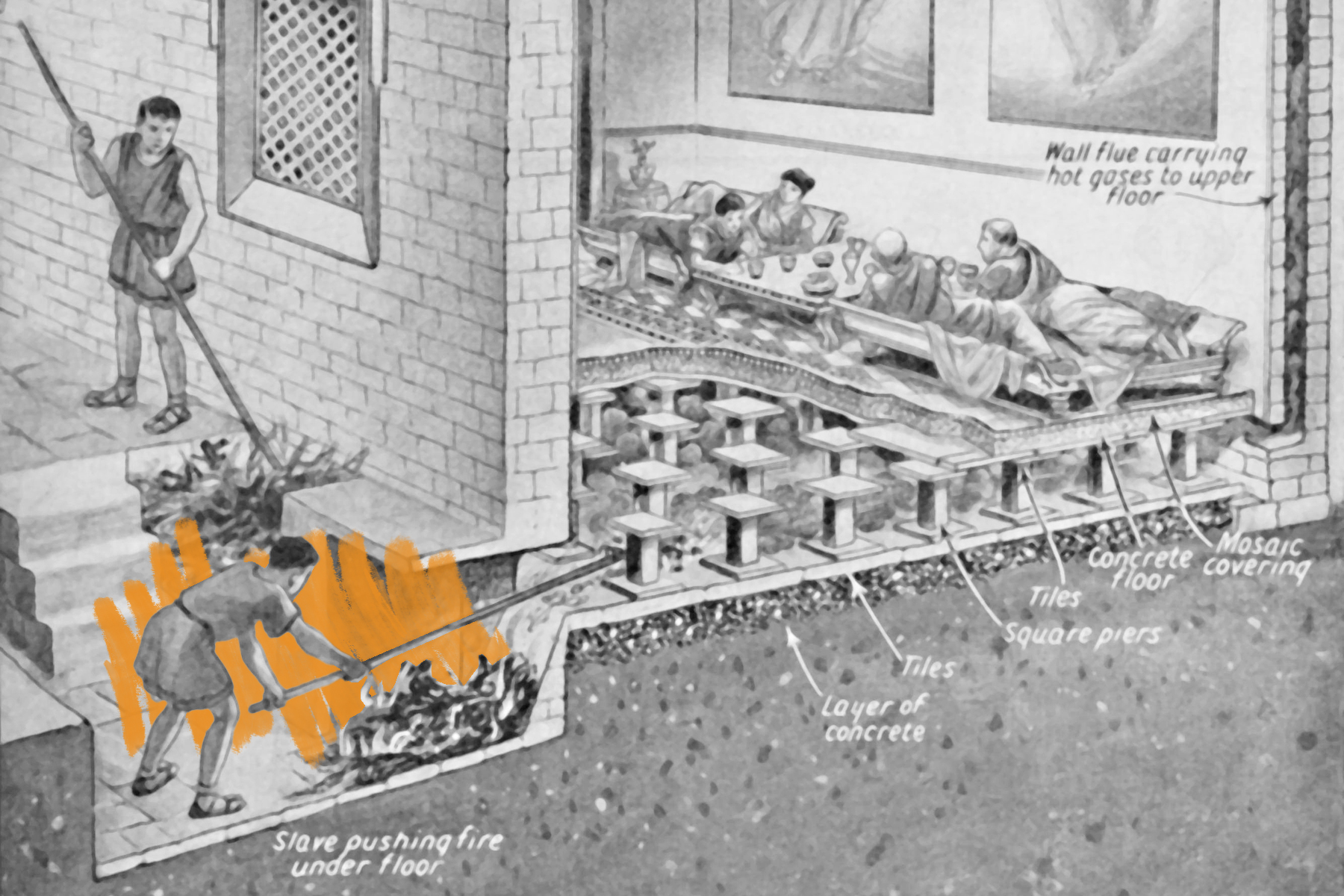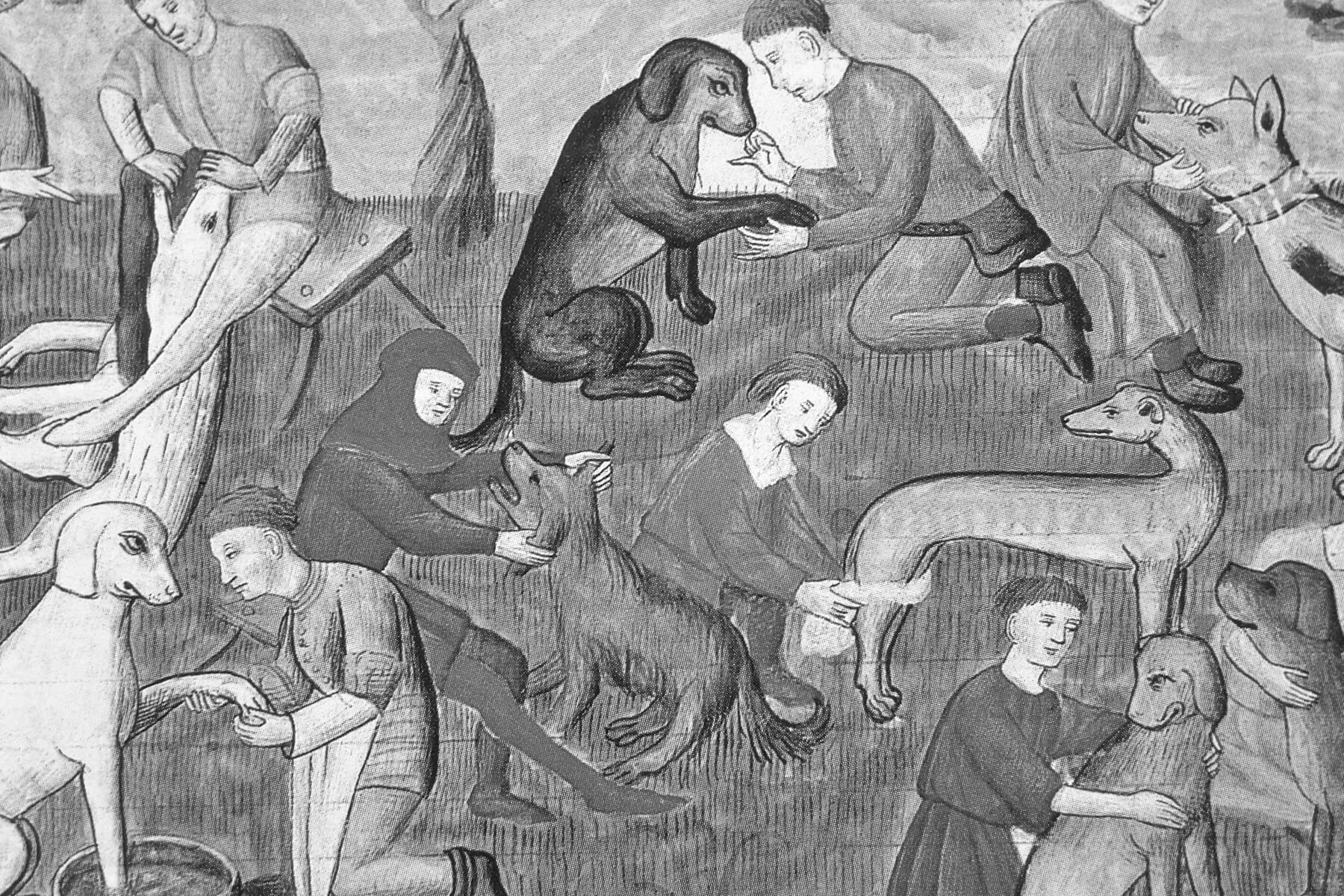The modern tech ancient Romans used
Monday, September 9, 2024
The ancient Roman people used many technologies that seem surprisingly modern — including hypocausts, a precursor to central heating that's similar to today's radiant floors. |
| |
| |
|
 |
|
| T he ancient Roman people used many technologies that seem surprisingly modern — including hypocausts, a precursor to central heating that's similar to today's radiant floors. The technique was primarily used to heat public bathhouses, but it was also widely used in private homes, particularly villas, in chillier areas of the Roman Empire. Buildings heated with a hypocaust system were raised up on pillars, creating an empty space underneath. An external furnace called a praefurnium, which was often wood-burning, piped in hot air to the area. That air would warm the stone or tile floor above, known as a suspensura. The air would escape from the subfloor through flues (sometimes made of terra-cotta) running up through the walls of a home, providing extra heat on its way up. Sometimes the entire wall would be hollow. |
|
|
| Pushing heat through the floors and walls helped keep Roman baths comfortable, preventing sudden temperature changes when entering or leaving warm water. Some rooms were simply heated with no water at all, designed for sauna-like dry sweating. But hypocausts also heated the water itself as it entered the facility. As the water dropped down from the aqueduct, it would immediately pass over a furnace chamber before being piped into the facility. As the water cooled, it could be used for tepid or cold baths in the complex. Hypocausts have been around for at least as long as Roman baths themselves; the technology may have been borrowed from the ancient Greeks and improved upon. This ancient heating system can be seen today at various surviving Roman baths, including the Stabian Baths in Pompeii, built around 125 BCE. |
|
 |  |
|
|
 |
|
| |
|
| Water temperature (in degrees Fahrenheit) of the Roman Baths in Bath, England | | | 104 |
| | | Housing units in the Regio IX residential area of Pompeii | | | 1,070 |
| | | Housing units in the Regio IX residential area of Pompeii | | | 1,070 |
|
|
|
| Year the Chedworth Roman Villa (complete with hypocaust) was uncovered in England | | | 1864 |
| | | Percentage of U.S. homes that rely on wood for heat | | | 1.9% |
| | | Percentage of U.S. homes that rely on wood for heat | | | 1.9% |
|
|
|
 |
|
 | | Did you know? |
|
|
Ancient Pompeians had great teeth. |
|
| The ancient people of Pompeii had great hygiene, and not just because of their toasty bathing complexes. In 2015, scientists used advanced imaging techniques to study bodies of victims of the 79 CE eruption of Mount Vesuvius, which had been preserved with plaster in the 19th century. They found impeccably healthy pearly whites, even by today's standards. Researchers partially credit Pompeians' low-sugar, veggie-rich diet. The volcanic environment also gave their water excessively high levels of fluorine — something that was generally detrimental to their health, but may have had a hand in their oral hygiene. |
|


posted by June Lesley at 4:02 AM











![]()
![]()





0 Comments:
Post a Comment
<< Home